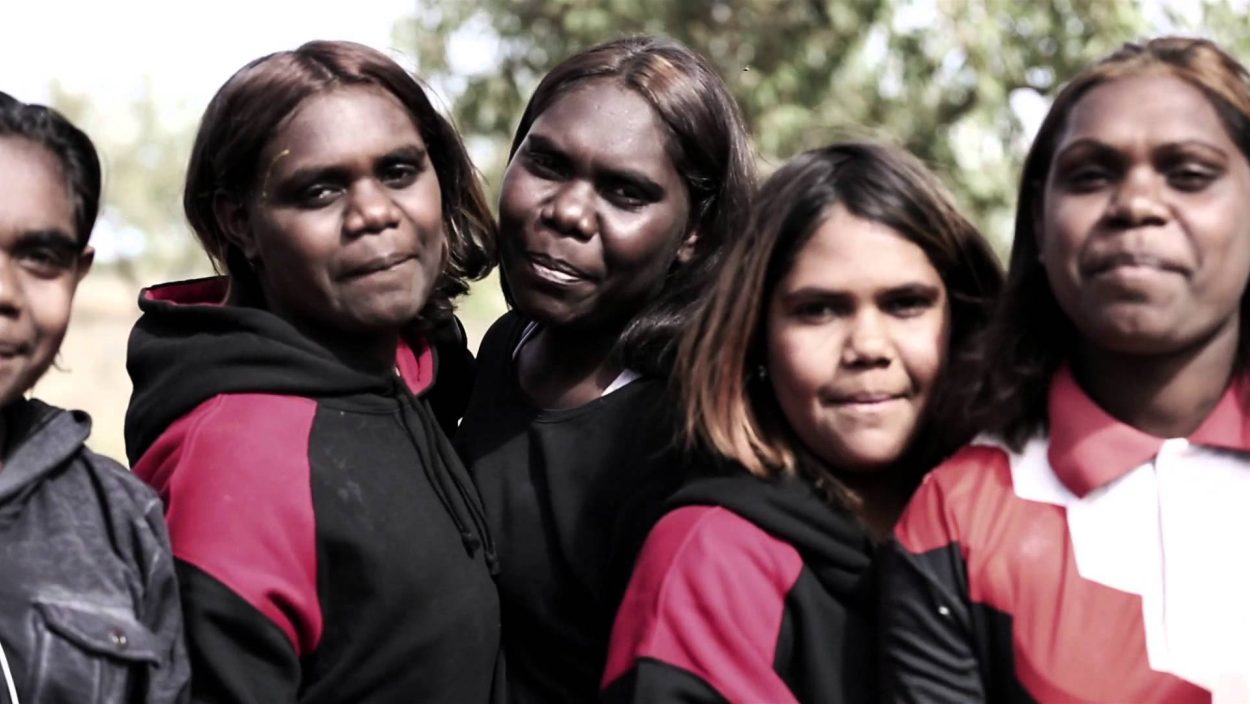Wutunugurra & LA Meetings
Wutunugurra is a remote Aboriginal community on a pastoral excision of the local pastoral station. LA Meetings are subject to change, so please call the Area Manager to check dates.
“Learn from your grandmother – know your skin. Alyawarr culture – pride within. Pride in my people, pride in my land, pride in the red dirt, here where I stand. Gotta take that time, follow that track … Find ‘em sugar bag. Bring ‘em right back. Where the honeybees at? Healthy, sweet - bush tucker be the best thing to eat. Grandmother said make your mark, learn your culture – play your part. Paint your art – pass it on. Gotta keep this Alyawarr culture strong. This song goes out to us E-Girls, coming home on the bush bus. Long journey, long dirt road. Wutunugurra. Home sweet, home.” Extract from the song Wutunugurra by E Girls, The Alyawarr Sessions, 2013
Located on the north-eastern edge of the Davenport Ranges and the eastern side of the Frew River, Wutungurra is set in an arid landscape that is criss-crossed with watercourses, rocky hills, barren outcrops and valleys. When the land receives significant rain it transforms into a vibrant escarpment, set against the hues of trees, rocks and hills. At these times the waterholes connect and spill across the country. Wutunugurra itself was named after a large waterhole next to Epenarra homestead, about 2km away. Their dreaming is Rain Dreaming.
History: Epenarra (Wutunugurra) is a Community Living Area (CLA) sitting on 99ha, which was excised from Epenarra Pastoral Lease in the early 1980’s. The Clough family have held the lease since 1952 and enabled a small portion of Epenarra Station to be returned to the traditional custodians as a living area. A handful of the TOs living today still speak of the ration days in the 1960s when many of the families moved back to Hatches Creek where there was a wolfram mine. Wolfram is an ore from which miners get Tungsten, a metal used for hardening the tips of drills among other things. The Aboriginal people went to work with the other tribes. They filled up bags and sent the mineral away on the train to Alice Springs. The largest mine, the Pioneer mine, operated up until 1970.
Julalikari Council Aboriginal Corporation (JCAC) was the service provider for Wutunugurra until February 2009 when the Barkly Regional Council became the primary service provider.
Artists: The women of Wutunugurra are accomplished artists whose paintings reveal their unique bond to the land with depictions of bush tucker, bush medicine, their hunting grounds and waterholes of ancestral country. They have also experienced the complete transformation of Aboriginal society, from elders who led a nomadic existence to the first meetings with white people, the mission era, the stolen generation and the younger people who now experience both traditional culture and the modern world and are creating a new dialogue with music to bridge the gap. Some of the art produced within the community has been sold right throughout Australia.
Local attractions: Old Policeman’s Waterhole, around 45km past Wutunugurra, and Whistleduck Creek, just past Kurundi Station.
Services: Barkly Regional Council Elliot service centre and municipal work yards, Epenarra School (Barkly Group School), health clinic, Aged Care Service, Night Patrol, Outback community store.
Infrastructure: Improvement of local road infrastructure and equipping of a new production bore to secure water supply, and the upgrade and extension of the rising main (approximately 3000m).
Airstrip: Private strip owned by Epenarra Station; day time only. Another airstrip based in the community of Owairtilla (Canteen Creek), 60km away. Access is via air charter services only.

